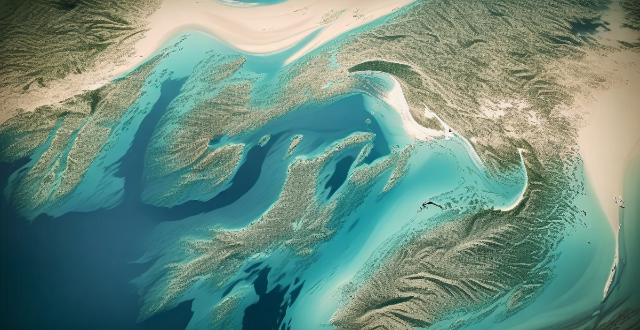The climate emergency is causing significant changes in global temperatures, weather patterns, and precipitation, which have profound impacts on biodiversity and ecosystems. These effects include habitat loss and alteration due to rising sea levels, changing precipitation patterns, and temperature fluctuations. Species are being displaced or facing extinction as they struggle to adapt to new conditions, leading to disrupted food webs. The decline in ecosystem services such as water regulation, nutrient cycling, and disease regulation further exacerbates the situation. Resilience and adaptation challenges highlight the need for immediate action to mitigate damage and promote ecological resilience through conservation and sustainable practices.

The Impact of Climate Emergency on Biodiversity and Ecosystems
The climate emergency, characterized by rapid changes in global temperatures, extreme weather events, and altered precipitation patterns, has far-reaching consequences for biodiversity and ecosystems. Here's a detailed exploration of how these changes affect the natural world:
Habitat Loss and Alteration
Rising Sea Levels
- Coastal habitats, such as mangroves and salt marshes, are being submerged.
- Coral reefs are experiencing bleaching due to warmer ocean temperatures.
Changing Precipitation Patterns
- Droughts lead to the desiccation of wetlands and water bodies.
- Increased rainfall causes floods that destroy terrestrial habitats.
Temperature Fluctuations
- Alpine and tundra ecosystems are warming, causing permafrost melt and vegetation shifts.
- Tropical forests face heat stress, affecting their ability to act as carbon sinks.
Species Displacement and Extinction
Range Shifts
- Some species move to higher altitudes or latitudes in search of cooler climates.
- Invasive species thrive in new environments, outcompeting native species.
Extinction Risks
- Species with specialized habitat needs or limited ranges are at high risk.
- Endangered species, like amphibians and certain mammals, face increased threats.
Food Web Disruptions
Altered Prey-Predator Relationships
- Changes in migration patterns disrupt predator-prey synchronization.
- Warming oceans affect plankton blooms, impacting entire marine food chains.
Resource Availability
- Changes in plant phenology affect herbivore nutrition and reproduction.
- Water scarcity affects freshwater fish and other aquatic organisms.
Ecosystem Services Decline
Water Regulation
- Wetlands and forests play a crucial role in water purification and regulation.
- Droughts and floods compromise this service, affecting human water security.
Nutrient Cycling
- Soil microorganisms are sensitive to temperature changes, affecting nutrient availability.
- Fires, often exacerbated by droughts, release stored carbon and nutrients.
Disease Regulation
- Warmer temperatures can expand the range of disease vectors like mosquitoes.
- This can lead to increased prevalence of diseases among wildlife and humans.
Resilience and Adaptation Challenges
Genetic Diversity
- Species with high genetic diversity are more likely to adapt to changing conditions.
- However, fragmented populations have reduced genetic variation, hindering adaptation.
Conservation Efforts
- Protected areas need to be managed considering future climate scenarios.
- Reforestation and habitat restoration projects must account for climate change effects.
In conclusion, the climate emergency poses significant challenges for biodiversity and ecosystems. It requires immediate action to mitigate further damage and promote ecological resilience through conservation and sustainable practices.